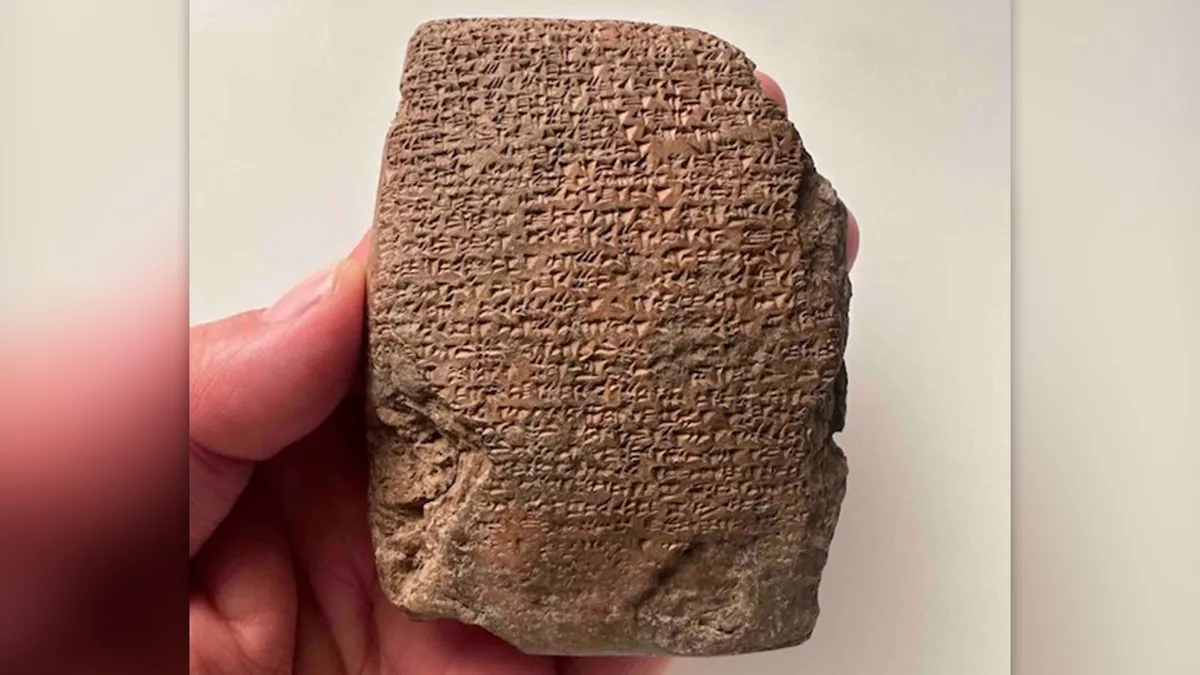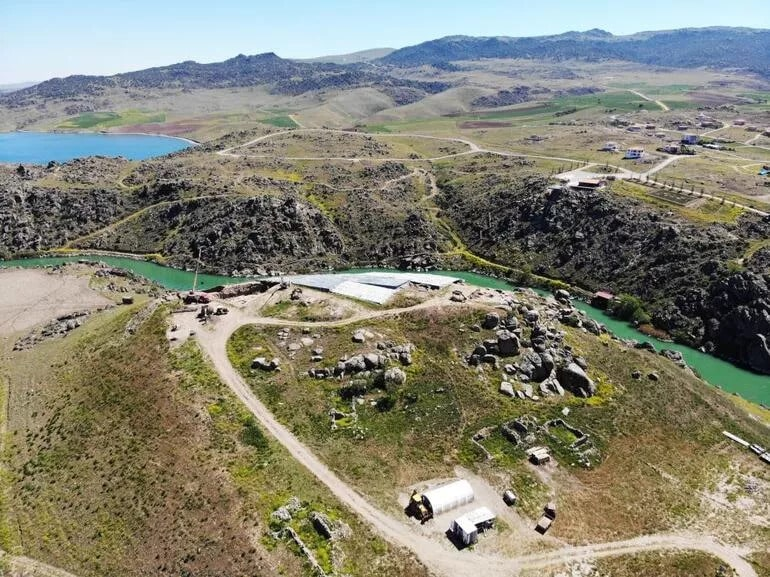Unveiling the Ancient Echoes: Insights from a 3,300-Year-Old Tablet
In the quiet expanse of Büklükale, nestled about 100 kilometers from Turkey's bustling capital, Ankara, a team of archaeologists has unveiled a treasure trove of historical significance. Among the ruins of the Hittite Empire, they unearthed a remarkable artifact: a palm-sized clay tablet, its surface etched with cuneiform script, weaving a tale of ancient turmoil and divine supplication.
Dating back over three millennia, this tablet offers a window into a pivotal moment in the annals of Hittite history. Its inscription recounts a cataclysmic invasion that shook the empire to its core, set against the backdrop of a civil war tearing at the fabric of Hittite society. While previous excavations at Büklükale had yielded fragmented remnants of the past, this discovery stands as a testament to preservation, its form nearly pristine despite the passage of centuries.
For archaeologist Kimiyoshi Matsumura, of the Japanese Institute of Anatolian Archaeology, the significance of this find extends beyond mere historical documentation. It speaks to the enduring mysteries of a bygone era, shedding light on the religious rites and political upheavals that shaped the Hittite Empire. Matsumura's expertise in deciphering the intricacies of ancient languages unravels the tablet's secrets, revealing a narrative of divine intervention amidst the chaos of warfare.
Büklükale site consists of two archeological areas, namely “Lower City” and “Upper City”. Photo: İHA
Central to this revelation is the Hurrian language, a linguistic relic of antiquity that once echoed across the Hittite landscape. Spoken from the twilight of the third millennium BC until the empire's waning days, Hurrian remains an enigma, its roots diverging from both Indo-European and Semitic tongues. Yet, within the confines of the clay tablet, its verses resonate with fervent devotion, invoking the storm god Teššob in a plea for deliverance.
The tableau painted by this ancient script transcends mere historical curiosity, offering poignant insights into the human experience across millennia. It speaks of communication between mortal and divine realms, of the perennial struggle against adversaries both mortal and ethereal. Within its lines, names of rival kings are etched alongside supplications for divine guidance, echoing the timeless quest for meaning amidst the tumult of conflict.
Yet, perhaps most intriguing is the tablet's temporal placement, anchoring its narrative in the reign of Hittite king Tudhaliya II, a testament to the enduring legacy of a civilization on the brink of transformation. While the Hittite Empire would eventually succumb to the ravages of time, beset by civil strife, climatic shifts, and encroaching invaders, this singular artifact harkens back to a time when empires clashed and gods walked among mortals.
As we contemplate the significance of this ancient relic, let us not merely marvel at its age or craftsmanship, but rather, let us heed its timeless message. In a world fraught with uncertainty and conflict, where the echoes of the past reverberate through the corridors of time, may we find solace in the enduring resilience of the human spirit. For in the words of an ancient prayer etched upon a humble clay tablet, we find a testament to the enduring quest for hope, for understanding, and for the divine guidance that transcends the boundaries of time itself.








